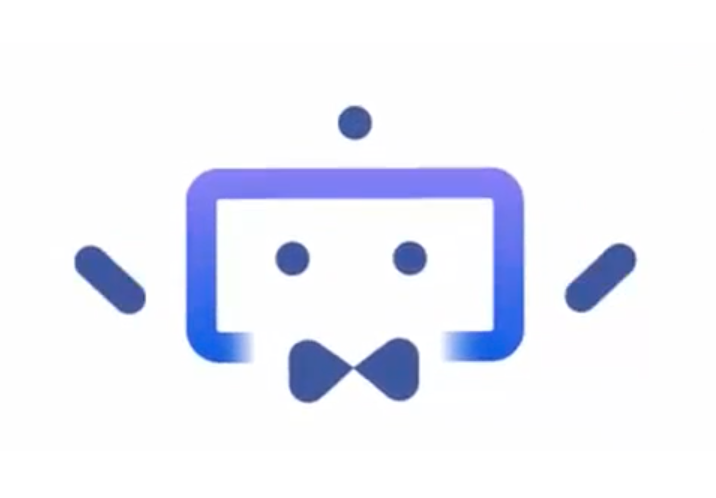w3 Digital Assistant
The assignment: Work cross-functionally with UX designers, visual designers, UX researchers, project managers and stakeholders to develop an engaging, trustworthy conversation tool that could help 350,000+ IBMers quickly surface information critical to completing tasks and processes, and ultimately allow them to get back to doing meaningful work.
My role: Lead Conversation Designer for the Digital Workplace Services and Support portfolio, which included supporting the w3 Digital Assistant (w3DA) team.
Creating the w3 Digital Assistant
Working with stakeholders across business units, I collaborated with a dedicated team to create internal human-like AI solutions for IBMers. The high-level process to create the conversational responses included:
Meeting with product owners to understand user pain points, learn what questions users were most often asking, and what types of queries users could troubleshoot on their own if clear guidance was provided. Developed prototypes and participated in user testing to determine tone and personality of the w3DA.
Developing intents, creating sample queries, writing responses based on research of documentation; crafting dialogue flows that took into account user actions such as back-tracking; creating fallback responses and addressing error-handling.
Reviewing conversation flows with product owners, iterating based on feedback, then handing off to visual design team and developers for integration into the model.
Prototyping a dialogue flow
The challenge: Create a dialogue flow that addresses reasons users most often search for a colleague in the IBM directory, then give them the ability to complete common tasks from that directory listing, using the digital assistant. Among the most common reasons users searched for colleagues were to schedule a meeting, share a file, view that person’s team, and to give feedback or recognition.
Solution: This dialogue flow required working in a hierarchical format. I worked with a UX designer to create a blueprint that outlined how a user performs various actions.
Once the blueprint was set, I created the dialogue for each of the actions, acknowledging where users might backtrack or request more options. Some dialogues required disambiguation to work toward completion of a task. Others followed a straight path.
As we iterated on the flows in Mural, the UX designer and I would present to the larger team to learn what developers could easily implement for an MVP, and what features might need to wait for future versions.
The w3 Digital Assistant in action
This prototype demonstrates how a user engages with the digital assistant to schedule a meeting with a colleague.
The intent of the design was to boost the functionality of the People lookup function within the company directory. It allows users to schedule a meeting directly from that page, saving IBMers time and the need to toggle between applications.
User testing
Early on in the design process, we needed to determine how IBMers would want to interact with a digital assistant.
I created a series of responses of varying lengths to test user preferences for the length of responses along with the tone and voice they would be most receptive to.
User testing sessions were a critical part of the development process for the w3DA.
I created prototypes for many of the sessions, which were conducted by a UX researcher with users across business units and geographies. I sat in on sessions to gain an understanding of user preferences.
User feedback showed a clear preference to stay within the assistant, driving the design of dialogue flows to include step-by-step instructions where appropriate.

